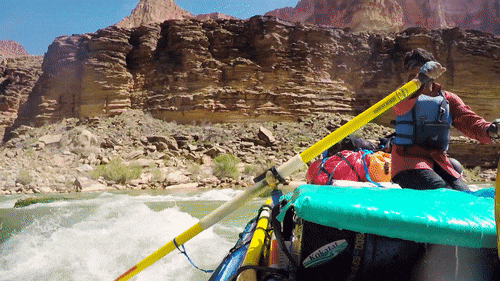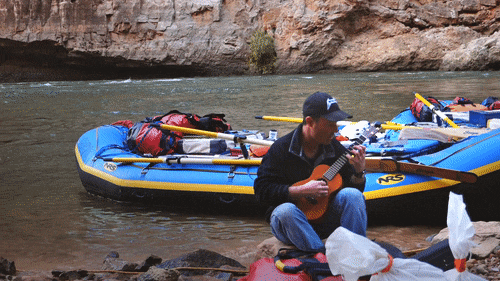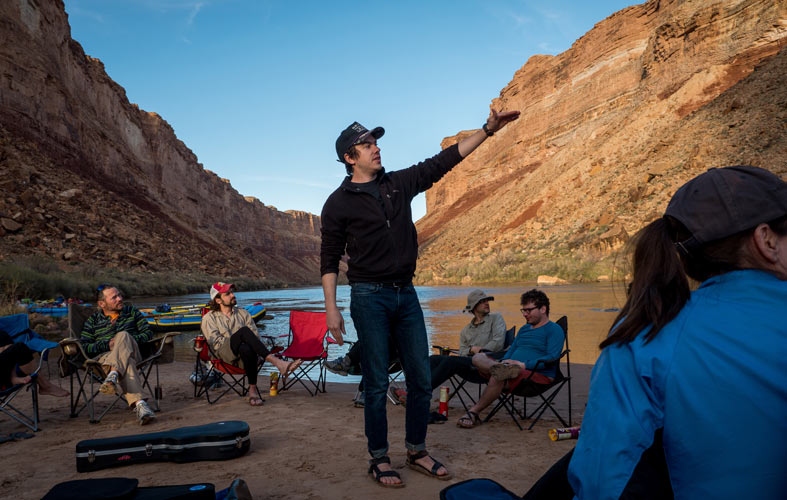Grand Canyon Time Machine
John Wesley Powell led the first science expedition, one-armed, down the Colorado River and into the Grand Canyon in 1869, before the dam, when the water was more unpredictable and he was making the first map of the place. Our group of UC Davis students is retracing his journey — except it’s totally different.
Powell’s crew had to row unwieldy wooden dories backward down the river, “reading” the texture of the rocks to gauge danger up ahead. “In softer strata, we have a quiet river, in harder we find rapids and falls,” he wrote. He lost three of his men along the length of river the two halves of our group will cover in the next 20 days.
But our boats are big, inflatable rafts that are fairly sturdy, especially when loaded down with our gear. The river, though still dangerous at times, is now more predictable post-dam. And while this geology-heavy group probably could read the strata for warning signs, waterproof maps on each boat spell out in detail tricky points, the intensity of upcoming rapids and tips for handling them. Another advantage: Many of the guides have taken this trip multiple times.
River guides rock
We all quickly learn that the guides are the real rock stars of this trip. We are putting our lives in their hands, and their easy grins belie the seriousness with which they take their responsibilities.
One of the guides, UC Davis alum Avi Patil, puts me particularly at ease. He’s a naturally calming person who’s rafted through the Grand Canyon seven times—four of them as a guide with UC Davis’ Campus Recreation and Unions’ Outdoor Adventures. The cherry on top is he’s also a Stanford physician and professor of emergency medicine. At one point, he served as the Dalai Lama’s personal physician when His Holiness would visit the United States. (If he’s good enough for the Dalai Lama, he’s good enough for me, I figure.)

He also coordinates medical evacuations for an adventure racing company, the kind people sign on with to run up Mount Kilimanjaro or across the Sahara Desert.
“Avi’s not really the guy you go to for a Band-Aid,” class instructor Carson Jeffres tells me before the trip. “He’s who you go to if you need your arm stitched back on in the middle of nowhere.”
As Avi rows along the river, he looks entirely content. Here’s someone who has traveled to the planet’s most remote, beautiful places, and yet he says unprompted: “This is the best trip ever. Anywhere.”








